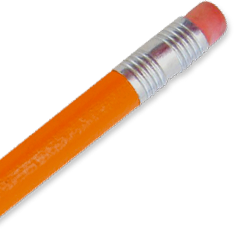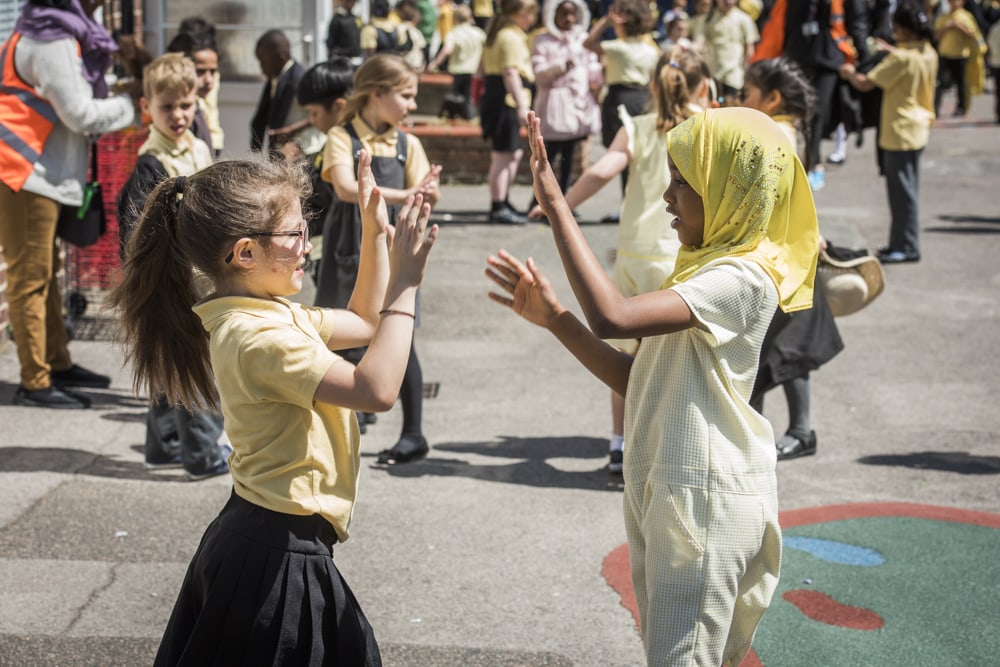

10 tips to make playtimes better

These 10 tips to make playtimes better will help you on your journey to make playtime a key part of the school day. These tips have been brought to us by Outdoor Play and Learning (OPAL) CIC – an award-winning mentor supported school improvement programme.
1. Level up
Whether you are just beginning your journey to better playtimes, or your school is an outdoor playtime champion, use Outdoor Classroom Day to go further. You could:
– Increase the amount of outdoor play children have on the day.
– Go outdoors whatever the weather! If your school stays in when it rains, think about what you can do to make sure rain doesn’t stop play – see tip 4 for ideas.
– Make outdoor playtimes more enriching – see tips 5-9 for ideas how.
2. Make a plan
Planning for better playtimes on Outdoor Classroom Day doesn’t need to be time-consuming, but it does need a little thought and consideration. Put someone in charge and involve the children – maybe you could have an all-school assembly to find out what they want from outdoor playtimes. Take staff along with you by discovering their concerns about better/longer outdoor playtimes and work together to address any barriers.
3. Get parents on board
Better playtimes depend on having parents on board. In OPAL schools, parents are involved from the beginning, which means:
– Children come to school in clothes that suit the weather.
– Sending children home with grassy knees doesn’t result in a letter.
– The odd scrape and graze are accepted as being part and parcel of brilliant outdoor playtimes, not a health and safety incident.
4. There’s no such thing as bad weather…
Remember that clothing should meet the needs of childhood and not childhood meet the needs of clothing – so do whatever is necessary to provide the clothing and footwear children need to be able to play outside all year round. Some OPAL schools have fundraised for wellies, worked with parents to make sure children come to school in weather-appropriate clothing, and linked up with local outdoors stores to get discounts and freebies.
5. Use what you have
Many schools have lots of space they do not use, and do not use whatever space they have for much of the year. This is a huge waste of valuable resources and causes unnecessary problems – over-crowding causes higher levels of collision, stress, noise and aggression. Look around your school and question everything about the way that the space is used. Here are some questions you might ask:
– Why is that fence there?
– Do the needs of children come first in our use of space?
– Why do we do that?
– What would need to happen so children could play there more?
Use Outdoor Classroom Day to address one or two of these barriers and observe the impact it has on the children.
6. Make use of free stuff
Adults often think that children need things called toys in order to play, but children are playful by nature and if a toy is something a child plays with, many random objects can be toys. Boxes, tubes, old clothes, computer keyboards, pipes, crates, pallets, clothes, handbags, hats, planks, tyres, steering wheels, suitcases; the list of what can be played with is almost as endless as the ways children use them in their play. Don’t get stuck thinking about what you can’t afford – what can you get for free?
7. Use nature
A good variety of different surfacing materials adds hugely to the play value of an environment because the ground becomes a play resource too. Try one or two out on Outdoor Classroom Day and see for yourself the value they bring. Cheap bulk resources include sand, stones, earth, pebbles, mud, wood chip, bark and firewood. Other resources may be generated on-site and played with before they are taken away such as grass clippings, logs and branches.
8. Include opportunities for ‘risky’ play
Children learn to manage their own risks through play. There is a misconception within some schools that providing certain play opportunities are too risky and against health and safety laws. But this is rarely the case. ‘Risky’ (or adventurous/challenging) play to trial on Outdoor Classroom Day could include: Mud slides, tree climbing, den building, fire lighting and cooking, go-kart building and racing, rope swinging.
9. Provide choices
Ask any group of adults to try and define “what makes play, play?” and they will always talk about freedom and choice. Yet school playgrounds are often dominated by rules, rotas and restrictions. If you have play equipment that you can only go on for one afternoon a week, when it is your class’ turn, and you must go clockwise, and only when an adult is standing watching; this is not freedom, there is no choice, or imagination, this activity is not play. On Outdoor Classroom Day, wherever and as much as possible, return freedom of choice to the child. Use what you discover to make more permanent changes to how playtime is managed.
10. Keep it up!
Use Outdoor Classroom Day as the beginning of adjusting your school’s attitude and approach to outdoor playtimes. Improving schools’ play requires understanding, commitment and persistence from leadership, staff and parents. Play should be important to everyone because it enables children to learn ‘the unteachable curriculum’ – in other words to learn all the really important things that cannot be taught. So make sure that providing better play for every child is not just a short term project, but is on staff job descriptions and the school’s improvement plan every year.
About OPAL
These top tips were provided by Michael Follett and his team at OPAL. Michael is the UK’s most experienced expert on school playtimes and has been improving children’s lives through play for nearly 20 years. OPAL is an award-winning mentor supported school improvement programme. It addresses all the areas that schools must plan for if they want to strategically and sustainably improve the quality of their play opportunities. OPAL is the only programme of its kind that has been independently proven to sustainably improve the quality of play in British primary schools.
Download the tips below and find out more about the benefits of better playtimes in our Playtime matters report.
Share
Find this resource interesting? Share on social media to get friends and colleagues involved!













